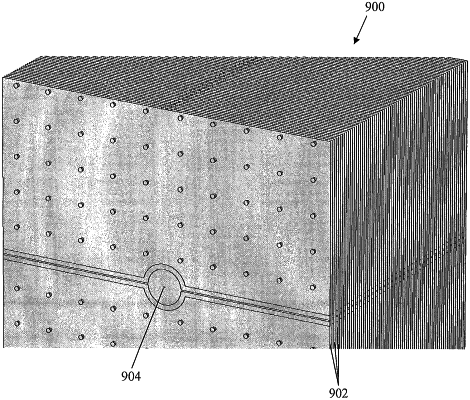| CPC H01J 37/3007 (2013.01) [H01J 37/3174 (2013.01); H01J 2237/04 (2013.01)] | 22 Claims |

|
1. A charged particle bunching system comprising:
a series of electrodes arranged to generate a shaped electric field, the series comprising a first electrode, a last electrode and one or more intermediate electrodes; and
a waveform device attached to the electrodes and configured to apply a periodic potential waveform to each electrode independently in a manner so as to form a quasi-electrostatic time varying potential gradient between adjacent electrodes and to spatially distribute charged particles propagating along the series of electrodes to form a charged particle beam comprising a plurality of nodes and antinodes, wherein the nodes have a charged particle density and the antinodes have substantially no charged particle density.
|